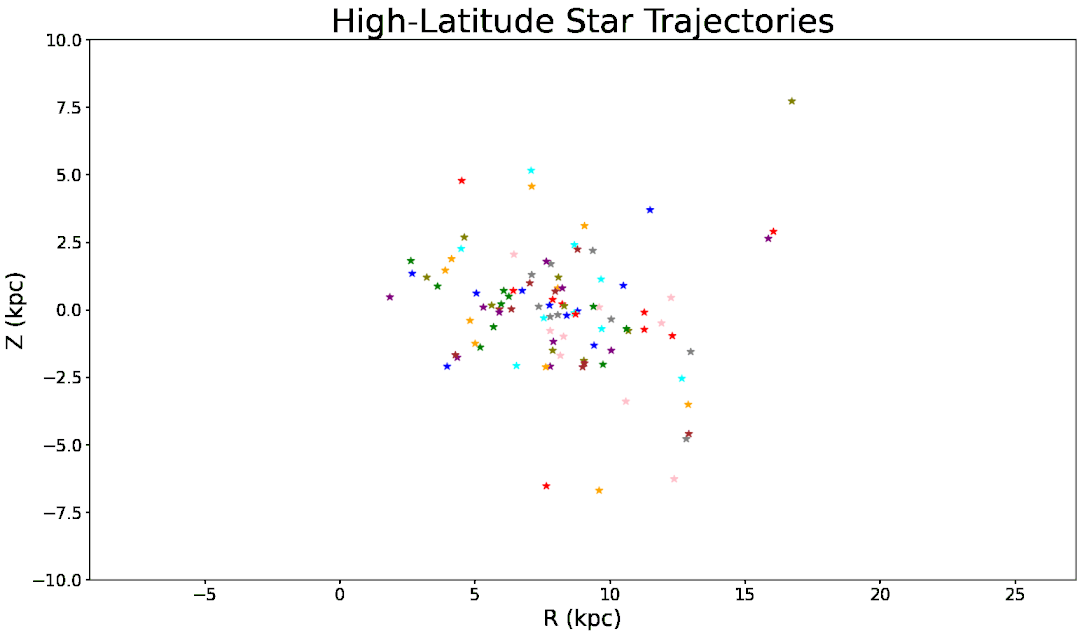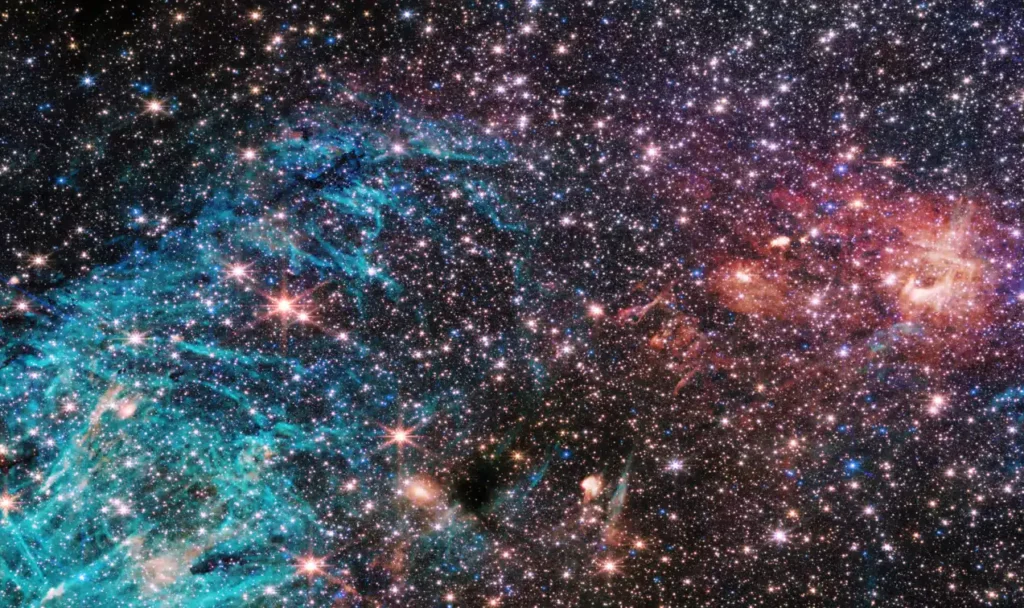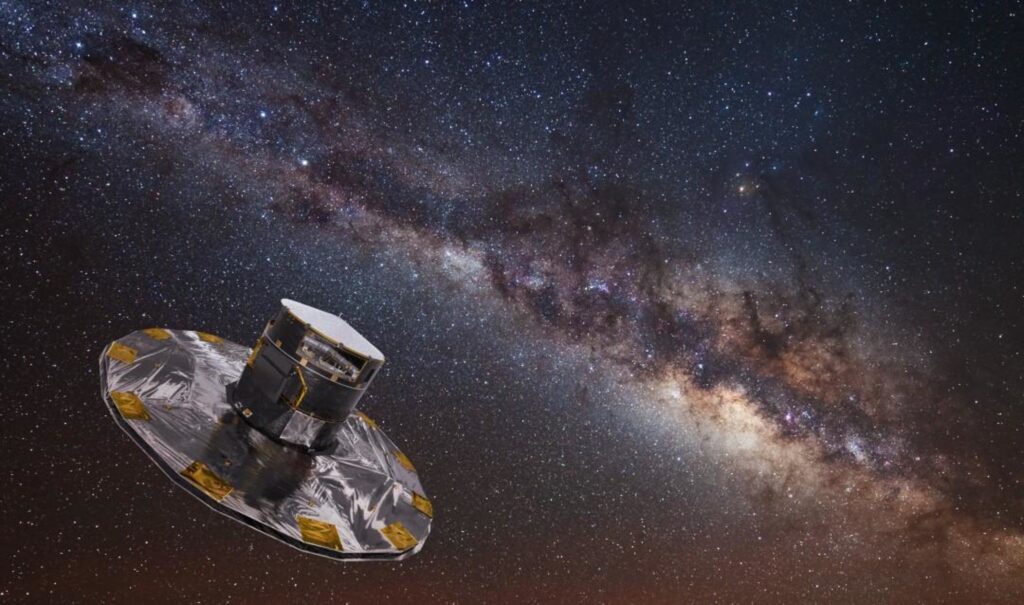“Orphaned” stars have finally found their families. Scientists from Lehigh University in Pennsylvania have successfully traced several stars ejected far from their original open star clusters, back to their places of origin within the Milky Way. Researchers used data from the European Space Agency’s Gaia Mission for their “stellar paternity tests.”
Open star clusters in the Milky Way, dense with gravitational interactions, can sometimes catapult individual stars far from the cluster, and in some cases, even out of the galaxy.
“Through tracing them back in time to see where they originated, we are able to match 15 of them to the star clusters where they were born,” says study author M. Virginia (Ginny) McSwain, associate professor of physics at Lehigh University, in a media release. “If we can say with high confidence where some of these stars came from, we will know more about the history of the star clusters in the Milky Way.”

The Role of Gaia Mission Data
The Gaia Mission, launched in 2013, has been instrumental in this research. It aims to build a precise three-dimensional map of the galaxy, surveying over a billion stars. The mission’s detailed positional and velocity measurements for stars have enabled the team to trace the trajectories of 95 high-latitude B stars – young, hot stars found at high altitudes above and below the galaxy’s main disk – and about 1,400 known galactic open clusters.
Lehigh researchers used the galpy package, an open-source tool for galactic dynamics analysis, to model the gravitational field of the galaxy and calculate the trajectories of each cluster and star over the past 30 million years. By comparing the color and brightness of each star with the Hertzsprung-Russell (H-R) diagrams of potential parent clusters, they were able to deduce age similarities. Finally, they examined the core densities of the clusters, as those with higher densities are more likely to eject stars due to strong gravitational interactions.
Combining these methods, the team confirmed matches for 15 orphaned stars.
“When I reached the stage of comparing the color and brightness for the potential matches and discarding those that showed a poor correlation in the H-R diagrams, I felt as though I was comparing the ‘DNA’ of the orphaned stars and their potential siblings,” says researcher Brandon Schweers, a Lehigh University undergraduate student.
Schweers joked it reminded him of “The Maury Povich Show.” “I think everyone has heard the saying, ‘You are not the father’ that came from that show. For many of these clusters, I was essentially telling them they are not the parent of these orphaned stars, so I came up with the name ‘Stellar Paternity Tests.'”
The team estimates that these ejections occurred 5 to 30 million years ago, propelling stars across the Milky Way at speeds of 30-220 kilometers per second.
This research not only sheds light on the origins of these orphaned stars but also provides insights into the dynamics of young open clusters. It suggests the importance of both dynamical and supernovae ejections in shaping the galaxy. Additionally, the inability to trace some stars back to the Milky Way’s disk hints at other intriguing scenarios, such as star formation in molecular clouds outside the disk or relics from past dwarf galaxies merged with the Milky Way.
“Our results provide a measure of the ejection age for each orphaned star, providing new insight into the relative importance of dynamical vs. supernovae ejection in young open clusters,” the study authors wrote.

The work represents a significant step in understanding the complex movements and origins of stars within our galaxy. By successfully mapping these orphaned stars back to their birth clusters, they have opened new avenues for studying the history and evolution of the Milky Way.
The findings were presented at the 243rd meeting of the American Astronomical Society (AAS) in New Orleans.













